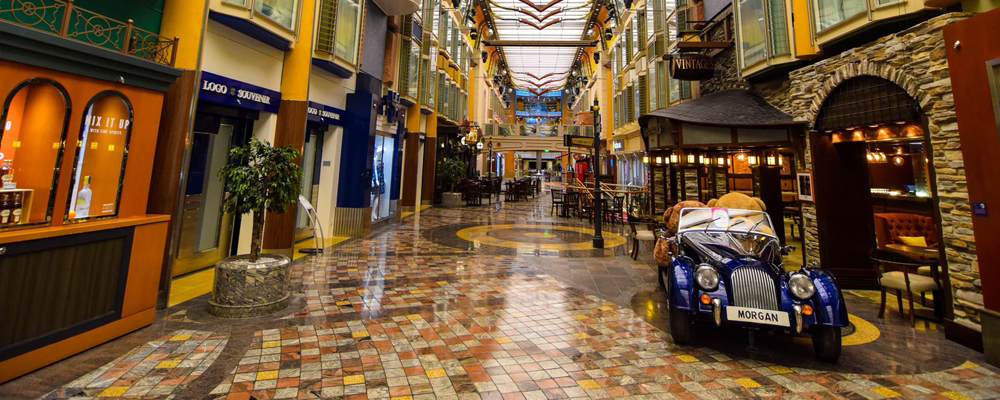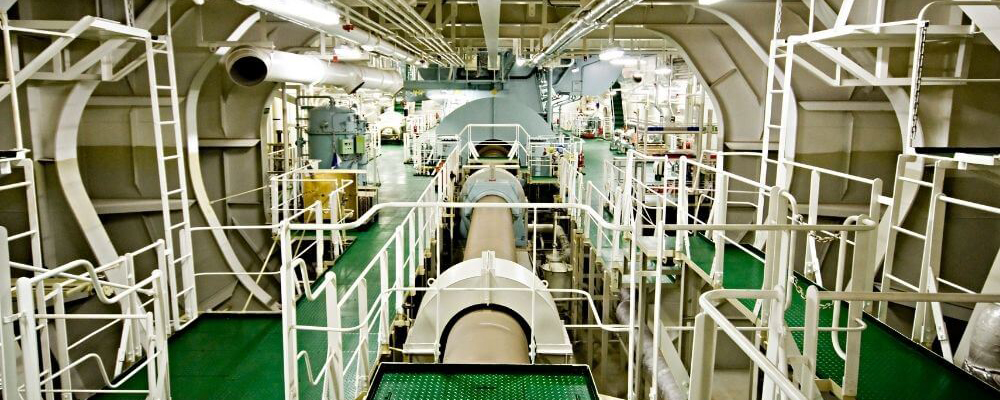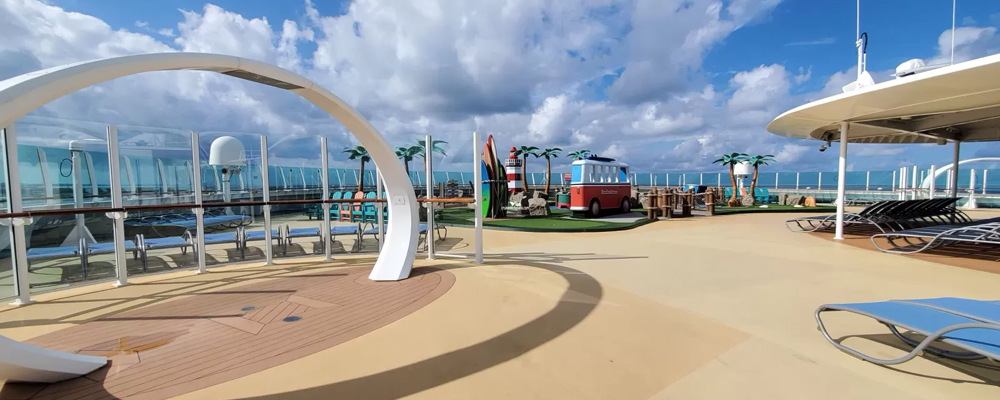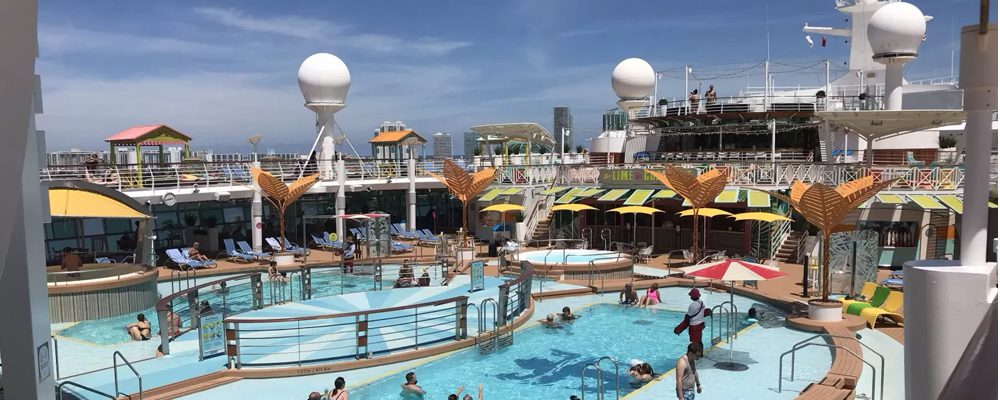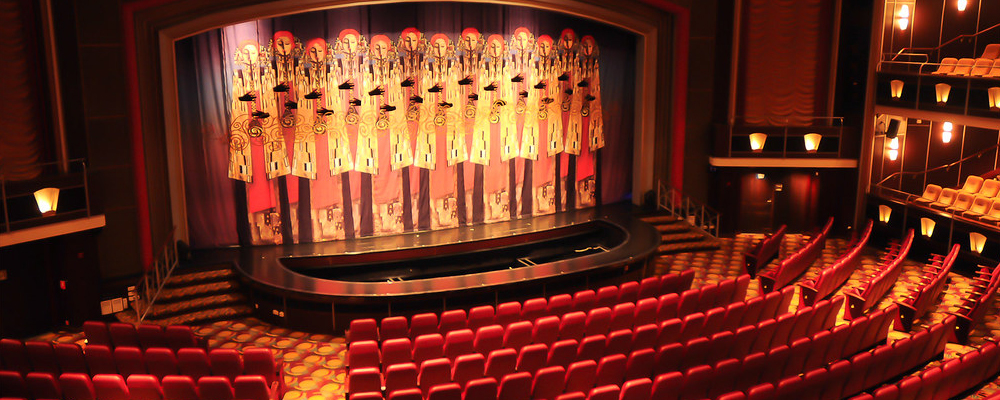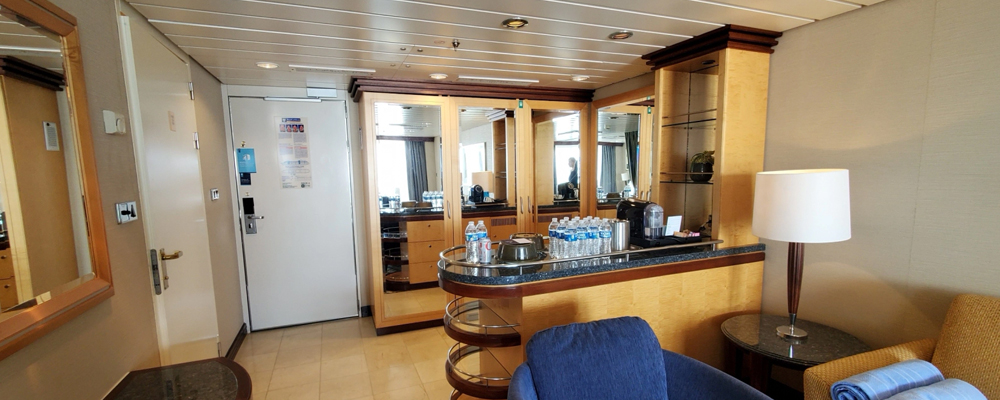I’ve been working this new campaign for a while now. It’s inevitable enough, now, that it will see the light of day, that I feel safe to finally, properly introduce it.
This campaign will be a mix of Monster Hunters and Supers with an exclusive(?) focus on clearing the City™ of a vampire infestation. This campaign will (probably) exist in the same continuity as Knight City Chronicles, and share the same cinematic flavor and rules options (crossovers are unlikely, though I won’t rule it out entirely). It will feature rules and concepts from Monster Hunters, including (a lot of) “The Hunt,” based on a series of hidden objectives you will have to uncover as you go. There will be no linear narrative; this will be the characters’ story, based solely on the decisions you make and their consequences. There will be no quarter given; hardcore/”iron-man” rules—no fudging, no gimmes, and no mercy.
History
Just because my previous attempt at GMing ended early/poorly doesn’t mean I can rest. In fact, it was mere weeks before I had started figuring out what I might try next, bearing some of those lessons-learned in mind. Once again, I knew I needed something “easy” to assemble and conduct—hopefully, easier than The Debt turned out to be, anyway—while avoiding certain pitfalls I had dug for myself in that attempt, in an effort to keep my stress-levels low.
What I really wanted to run was the Knight City Chronicles (Supers) campaign we had started years ago. But the current player-group just won’t do the necessary homework to make the complicated behind-the-scenes structure work. This left me with a couple of choices: either rewire the KCC structure to better suit the current group, or do something similar-but-new. Tangentially, one of the players had been wishing to play a proper RPM spellcaster in a Monster Hunters campaign. Somehow I ended up putting those two together into a Blade-style vampire-killers thing, and got to work on the particulars. I consider this campaign to be set in the same “universe” as KCC—in fact, the first session features a foray into Knight City—but I don’t plan on having any actual character crossovers from the other campaign.
And so, a couple of months after the end of The Debt, on 10 March 2025, I revealed the first banner for Nightcrawlers—nothing else. I wanted to tease it out this time, rather than get everyone all excited only to wait 5 months before it would arrive. Actually, I wanted to wait as long as possible to start talking to them about it at all.

Campaign Overview
Character Sources
I made a list of “ripoff/homage” characters from literary or cinematic sources (see the Pitch, above) for the players to choose from (or be inspired by); strongly suggested, but not strictly required. This would focus the character possibilities on a range of what I considered “fitting,” while eliminating the need for extensive background and detail that would normally drag out the creation process. My true intention, though, is for the players to give some honest thought to the sort of narrative they want to build, and work together to create characters to support it.
Sandbox City
This campaign will take place in a re-skinned Detroit, called “Motor City.” It is not my first non-linear, sandbox narrative, driven entirely by the players’ choices, successful or otherwise. Rather than bring the action to the PCs like I normally do, I intend to remain “passive”—to sit back, and let the players drive. The world and its denizens will still react to their choices, of course, and events will still occur on a schedule. But I will absolutely let the PCs get lost in a self-imposed side-quest and miss the big events entirely. Easier said than done, I know.
The established PC goal is to wipe out the vampires from the city. To that end I have twelve vampire nests/operations within the city, each using Monster Hunters 2 “The Hunt” as a basis for resolving them. A few will be revealed at the beginning, while the rest will need to be uncovered in-game. I’ve taken inspiration from Night’s Black Agents, and its Conspiramid/Vampyramid concept, as a basis for the nest hierarchy and their reactions to PC contact.
Ascetic GMing
To the previous point: For the GM, “desire” is the session-killer. At the forefront of my new effort has been the removal of desire from my GMing mindset: desire regarding the narrative direction; desire regarding the theme or tone; desire regarding the makeup of the PCs; desire for PCs to get to Point-A and trigger the ambush; desire for PCs to succeed. It has been my intention to push this “weight,” instead, onto the players. During the Session-Zero, I had a mantra: IDGAF. Ultimately, it’s not true, of course—I can’t help but GAF—but if I repeat it often enough…
To this end, though, with regards to the characters, I implemented a strict “no pursuit” rule (which I inevitably ended up bending a little): no arm-twisting, teeth-pulling, etc., to get the players to give me the info I need. I would just ensure there are consequences if they don’t, and let them occur.
Hardcore & Cinematic
For numerous reasons, I decided to implement “Iron Man” rules in this campaign. TTRPGs are normally a “perma-death” situation already, but here, it means a few things: no fudging GM die rolls; no character “grace period” (where players are allowed to tweak characters at will); no GM “Are you sure?” warnings for bad decisions, and no take-backs (within reason, of course); no access to traits, gear, or background features not implicitly or explicitly recorded on the character sheet, forum, etc.; no “gimmie” clues or GM assistance; and so on. On top of that, vampires are not going to be disposable mooks, but even individually, very serious threats. Campaign BAD will start at zero and increase every time a nest is taken out, with no cap. Overall, when the PCs succeed (or survive), I want them to feel like they truly earned it.
That said, as per KCC (and Supers in general), PCs have full access to Monster Hunters templates and their cinematic abilities and powers, as well as Supers, which should increase their survivability dramatically. And I will be using most rules simplifications from the Action or Monster Hunters series (and some from DFRPG), though we tend to do that anyway, these days.
PRESENTATION!
Like The Debt, I have gone to great effort to level-up the presentational aspects of the game: graphics, mechanics, scripting, organization, the wiki, making full use of the Fantasy Grounds features, and preparedness in general. There was so much I had planned for The Debt that I didn’t get to use (yet), and I intend to make up for it.
Other Features
- The non-linear, player-driven aspect of the campaign structure will result in a bit of a different feel than most. I won’t have any real control over pacing or narrative focus or structure. But past non-linear efforts of mine have turned out reasonably well, so I’m not overly concerned.
- A single-city-based campaign allows for PCs to come and go easily, to allow for player absences or swapping/changing characters. I expect the roster to change from time-to-time.
- In addition to Night’s Black Agents, I’m also making use of elements from the Dresden Files RPG, mostly, the city-building, and setting aspects.
- Use of “AI” in certain creative aspects seems to be becoming nearly, if not actually, ubiquitous. I have declared that I would not be using AI in the creation of this campaign. However, I must admit that I’ve found myself bending that rule a bit, making use of AI in a number of not-exactly-“creative” ways (primarily otherwise-tedious research.)
- This campaign will, again, make use of Fantastic Dungeon Grappling. I’ve warned the players that it will “definitely see a lot of use”—vampires will get grabby.
Best-Laid Plans
I had wanted to wait as long as possible to do Session Zero for this one, as stated above. However, my window-of-opportunity where I could get all involved players on at the same time (during a period where some were not regularly available) resulted in having to conduct it a couple of months ahead of the start-date I had been targeting. Not ideal, but fine.
My desires (see “Asceticism” above) toward the PC group faltered somewhat during/after the Session Zero. I didn’t require strict adherence to the “existing character references,” which has resulted in some (potential) hiccups. The players did what I didn’t want them to do: after Session Zero, they separated to their respective corners of the internet and built their characters, as usual, in relative “isolation,” not coordinating with the others at all. Rarely have I witnessed a TTRPG player group consider the big-picture and police each others’ character designs in the way I intended, and this turned out to be no exception. It sounded good, but I’m not sure why I thought it would actually happen.
We had some new players join for our recent Traveller campaign, and I decided to invite them all. It would bring the total player-count to seven, though—which is a no-go for me—so I had planned to restrict the number of “seats at the table” and allow them to “tag in” regularly, or fill in when absences occurred. This ended up not being necessary in the end: at the kickoff, there will be only five PCs, with one joining later.
As things progressed, it turned out I would be starting the campaign in the last quarter of the year, which is the worst possible time, due to work, and other stresses. I waffled greatly over what to do about it. There was some negotiation with the other GM(s), and we ended up deciding the Ronnke and I would do a “two-weeks-on/two-weeks-off” rotation, which would allow us both a little more breathing room, at the cost of the players having to regularly “switch gears”—annoying, but acceptable. It may be temporary, anyway, or we may decide it works better, and keep it. I had planned for a short run of maybe eight sessions, but if the rotation works out, I may push for longer. We’ll see.
Finally
But now my planned vacation at the end of October is approaching, and Ronnke’s Conan adventure has run a little long. So it looks like I’ll be running the kickoff session, and then breaking until the next rotation. It happens. Even so, at this point, I’m about as ready as I’m going to get, and eager to get this damned thing under way.





